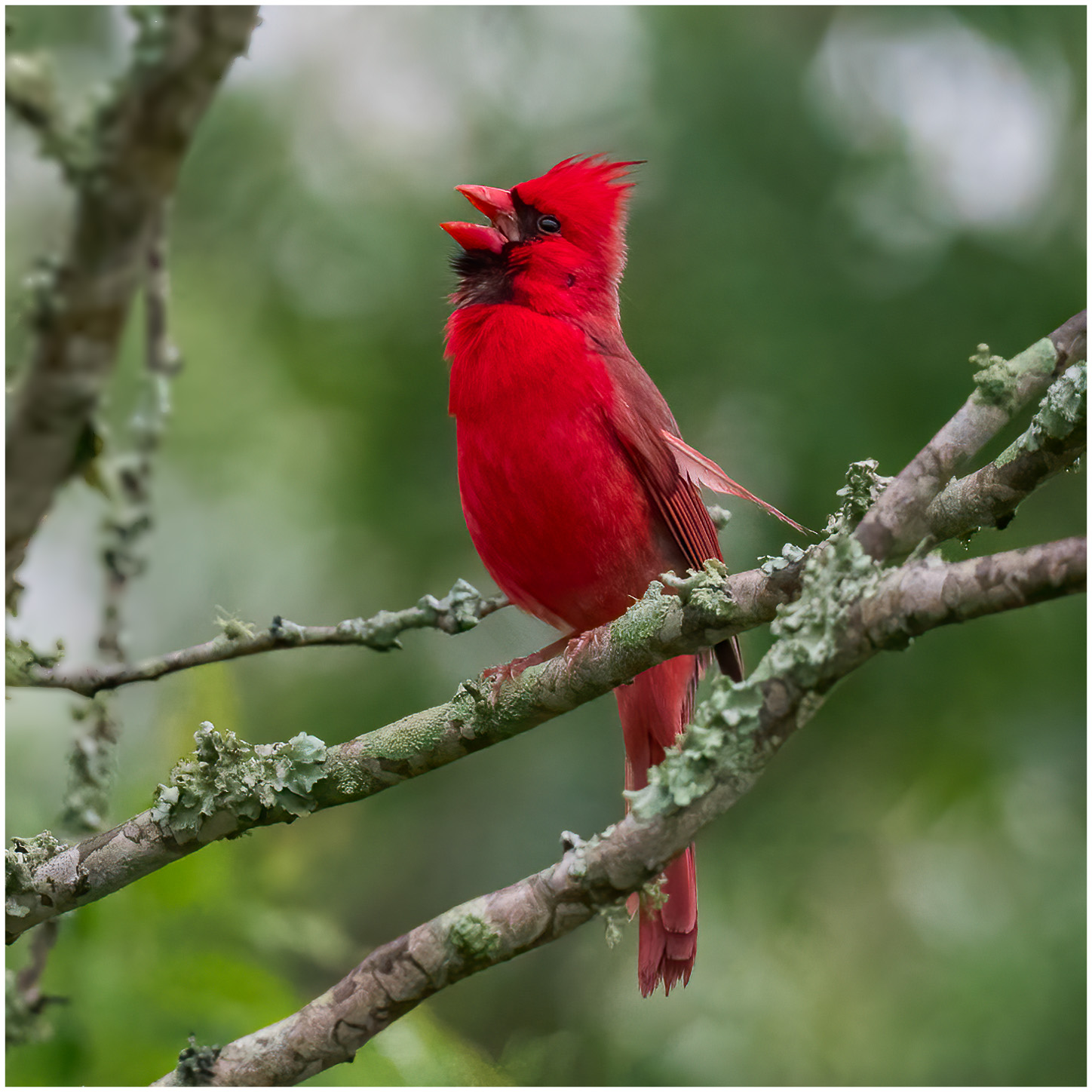From: - Sky & Telescope
By :- Camille M. Carlisel
Edited by :- Amal Udawatta
Shiva Shenoy / Wikimedia Commons / CC-BY-2.0
In this roundup of recent news, birds react to light pollution and a respected mirror maker calls it a day.
In this roundup of recent news, birds react to light pollution and a respected mirror maker calls it a day.
Light Pollution Is for the Birds
A study of the songs from hundreds of diurnal bird species indicates that, on average, birds in light-polluted areas wake up earlier and stay up later. Scientists had already documented such activity for specific species, but Brent Pease (Southern Illinois University, Carbondale) and Neil Gilbert (Oklahoma State University) say their study is unique because it combines data across species, spaces, and seasons.
The researchers used millions of observations from the global BirdWeather acoustic monitoring project to assess the start and end of birds’ vocalizations. They compared the birds’ locations with satellite data of light-pollution levels in those locales.
Bird vocal activity lasted an average of 50 minutes longer in the brightest landscapes, the researchers write in the August 21st Science. Different species showed different degrees of response. For example, species with the largest eyes began singing earlier than their smaller-eyed cousins, and those with open nests reacted more to light pollution than those with cavity-shaped nests (presumably because the latter shield birds from the light).
It’s unclear whether prolonged days would ultimately be good or bad for birds.
Treasured Mirror Maker Is Shutting Down
The researchers used millions of observations from the global BirdWeather acoustic monitoring project to assess the start and end of birds’ vocalizations. They compared the birds’ locations with satellite data of light-pollution levels in those locales.
Bird vocal activity lasted an average of 50 minutes longer in the brightest landscapes, the researchers write in the August 21st Science. Different species showed different degrees of response. For example, species with the largest eyes began singing earlier than their smaller-eyed cousins, and those with open nests reacted more to light pollution than those with cavity-shaped nests (presumably because the latter shield birds from the light).
It’s unclear whether prolonged days would ultimately be good or bad for birds.
After 28 years, Zambuto Optical Company is closing up shop. Zambuto mirrors have long been known for their superb craftsmanship and are considered by some to be among the best mirrors available to amateur astronomers. (Some professional telescopes have used them, too.) But in Carl Zambuto’s words, “Nothing can possibly last forever.”

In a statement posted to the company’s website, Zambuto explained the rationale for the decision: He and his colleague, Chuck Smith, are well past retirement age, and they wanted to close down the business while they were still capable of maintaining their superb product standards, instead of holding on past the point when quality started to sag. Sales are also waning.
Although the company is no longer accepting orders for new mirrors, Zambuto and Smith will complete all standing orders, keeping them busy into 2026. They will also continue providing inspection and coating services to existing Zambuto mirrors when able.
Zambuto estimates that they have some 3,500 mirrors in telescopes around the world.

Comments
Post a Comment